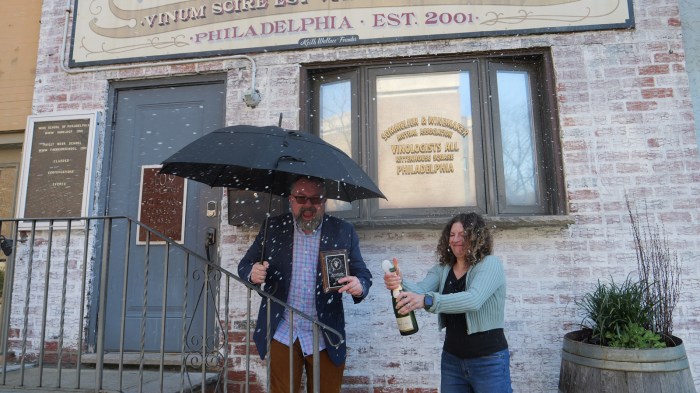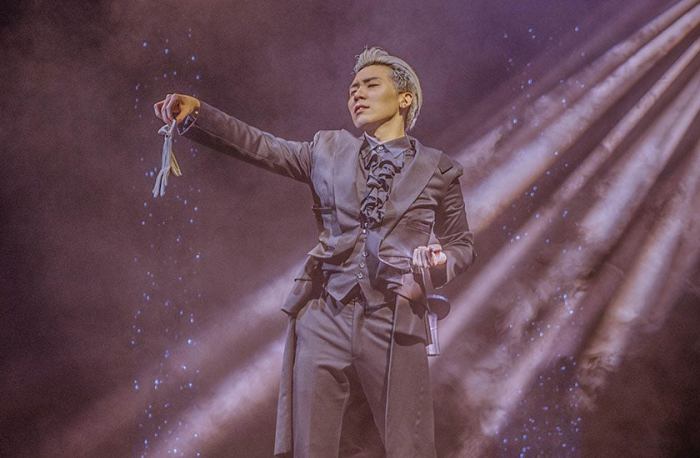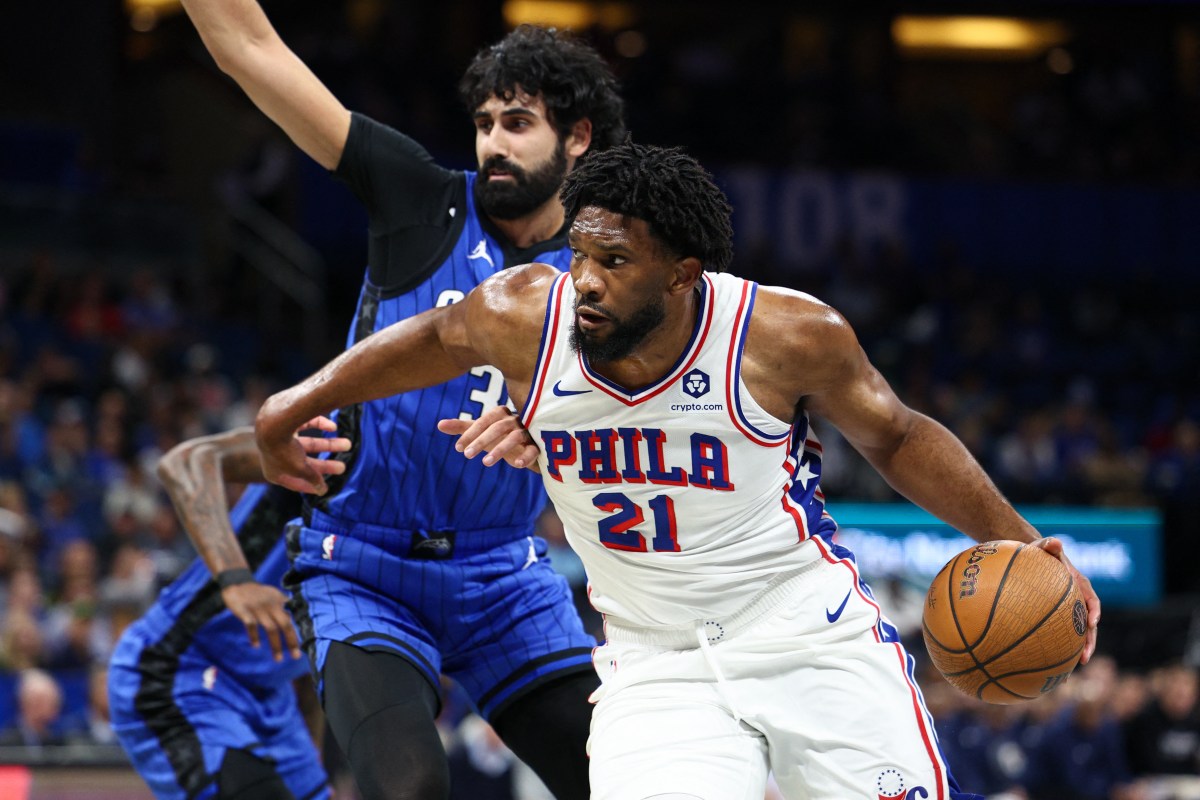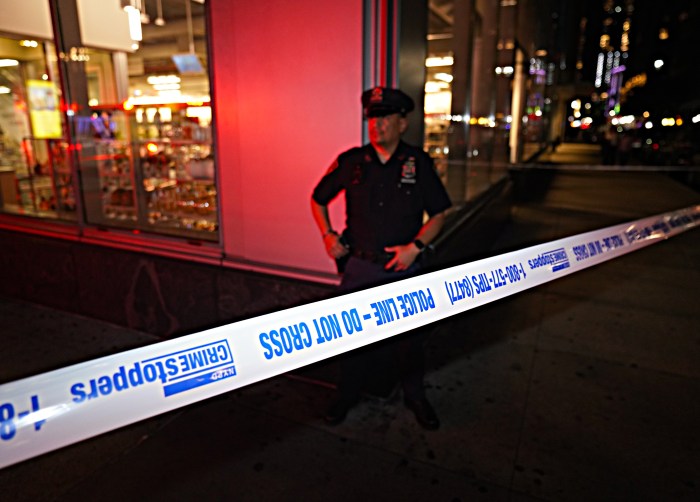In African-American history courses across the country, there is a fairly standard narrative applied to the rise and fall of the Student Nonviolent Coordinating Committee: In the early 1960s, SNCC was a powerful game-changing force in the struggle to end segregation, but the group lost their effectiveness in the late ’60s when they embraced the Black Power movement.
This narrative is largely derived from Clayborne Carson’s seminal 1981 book, “In Struggle: SNCC and the Black Awakening of the 1960s.”
But a vastly different interpretation of that history hit bookshelves last month: “The Black Campus Movement: Black Students and the Racial Reconstitution of Higher Education,” by SUNY College of Oneonta professor Ibram H. Rogers.
“What Clayborne argues is that when SNCC started changing its ideology, it lost white liberal support — and it basically started to fade into history,” says Rogers. “But, for me, the black campus movement — specifically for campuses in the south — was in part a product of SNCC organizing students, and helping to argue for truly black universities. And this happened as they shifted into a Black Power organization.”
In combing through archives from over 160 colleges nationwide, Rogers discovered the seeds of diversity initiatives largely taken for granted on contemporary campuses.
“Most people assume that the embrace of the word ‘diversity’ emerged out of the Civil Rights Act of 1964 or even Brown vs. the Board of Education,” says Rogers. “In fact, it was actually forced upon these schools through the activities of these students.”





























